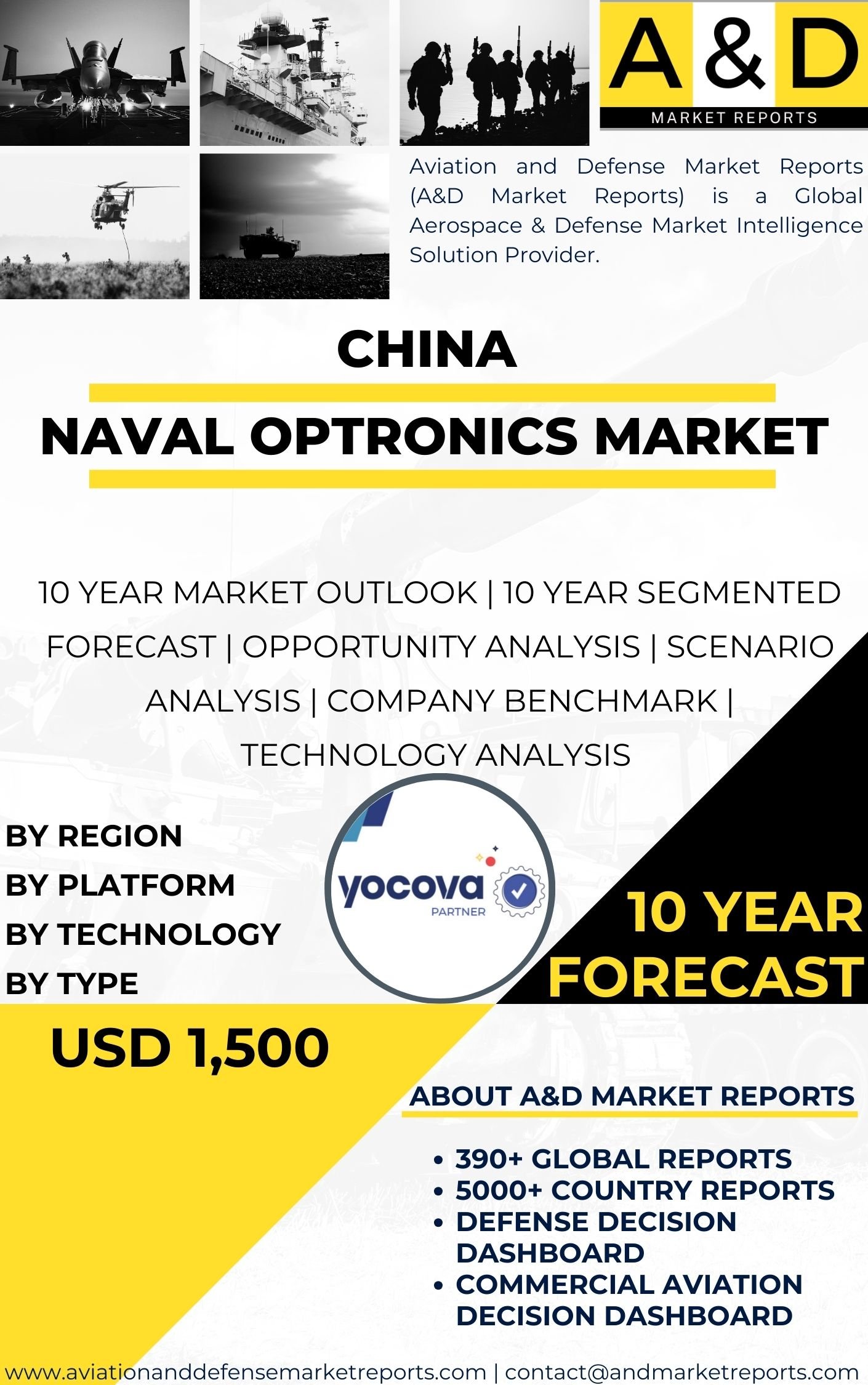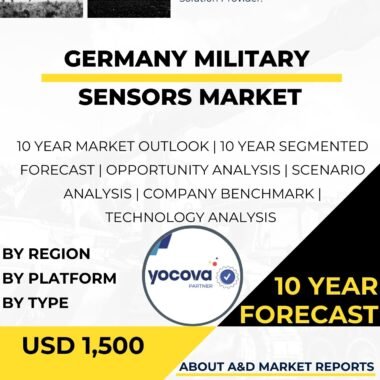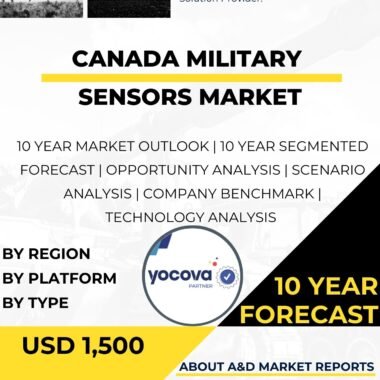Description
Naval Optronics Market in the China is a sophisticated and strategically vital segment of the defense industry that involves advanced electro-optical and infrared sensor technologies used primarily by naval forces for surveillance, reconnaissance, and targeting. This market is characterized by a strong emphasis on cutting-edge technological integration, as it plays a critical role in enabling naval fleets to operate effectively in complex maritime environments. The evolution of the market is closely tied to extensive naval fleet modernization programs which prioritize the replacement of legacy systems with more capable electro-optic and infrared surveillance suites. These suites serve as the “eyes” of surface combatants like destroyers, frigates, and patrol vessels, providing commanders with real-time high-definition visual intelligence over vast distances, even in challenging weather or sea conditions.
At its core, the naval optronics market in the China is driven by a demand for multi-sensor payloads that combine visible and infrared imaging with precision laser rangefinding, designating, and more recently, integrations with anti-drone and electronic warfare capabilities. This reflects broader trends in naval warfare where situational awareness is paramount for effective command and control, engagement decisions, and force protection. Market development has seen a significant shift from traditional, mechanically stabilized optical instruments to software-defined, digitally integrated optronic masts and periscopes that offer substantial improvements in stealth, durability, and operational applicability. These innovative digital systems transmit high-fidelity visual data directly to below-deck consoles, reducing hull vulnerability while enhancing the tactical responsiveness of submarine and surface vessels.
Key players in the China naval optronics market include major defense contractors and specialized technology firms renowned for their innovation in photonics, sensor design, and system integration. These companies compete and collaborate to develop scalable, cost-efficient solutions that meet the nuanced demands of a blue-water navy operating on a global scale. The market?s competitive dynamics are shaped by the need to balance volume production of common visible-light cameras with low-volume, high-performance cooled infrared modules. The latter are particularly prized due to their all-weather, long-range detection capabilities, which remain superior in dawn, dusk, and adverse conditions, providing critical advantage in naval engagements and maritime domain awareness operations.
Economically, the naval optronics market constitutes a high-value, technologically complex defense segment that supports the broader military-industrial base through research, development, and manufacturing activities. It is not only a source of significant procurement spending but also a key driver of innovation spillovers into commercial and civilian maritime optics and surveillance. The market?s growth is underpinned by persistent geopolitical tensions, fluctuating defense budgets, and rising naval security challenges such as anti-access/area denial strategies, asymmetric threats from smaller adversaries, and the expansion of unmanned naval platforms which require compact yet powerful sensor payloads.
Current market trends focus heavily on the integration of artificial intelligence and machine learning to enhance the analytical and behavioral prediction capabilities of optronic systems. This adds layers of automated target detection, tracking, and threat classification, greatly reducing operator workload and improving mission effectiveness. Additionally, laser technologies are becoming increasingly significant as they provide dual roles in ranging and as components of directed energy weapons designed to counter emerging drone threats. The push towards modular, open-architecture systems further ensures that naval optronic equipment remains adaptable over decades of service life through software upgrades and hardware retrofits without extensive downtime.
The user base for these systems expands beyond traditional naval combatants to include coast guard and maritime law enforcement agencies. These users prioritize ease of use, reliability, and interoperability with broader maritime security networks to monitor activities such as illegal fishing, trafficking, and territorial waters incursions, especially in strategically sensitive areas like the Arctic routes. Their growing investment in modern optronics reflects a recognition that maritime security demands comprehensive surveillance capabilities to support peacetime enforcement and humanitarian operations alike.
Historically, the naval optronics market in the China has evolved from simple optical sighting and periscope devices during the early 20th century to the sophisticated, multifunctional electro-optic systems of today. This progression mirrors advances in sensor technology, digital processing, and naval tactics that increasingly rely on real-time data sharing and network-centric warfare principles. Throughout the decades, the U.S. Navy?s commitment to maintaining technological superiority in sensor and surveillance technology has driven significant investment in R&D programs, often in partnership with academia and commercial tech sectors, resulting in a steady pipeline of next-generation optronics technologies.
The strategic importance of the market can be seen in its role in enhancing maritime domain awareness and enabling superior tactical decision-making. Because naval operations occur in highly contested and dynamic environments, the ability to detect, identify, and react swiftly to threats determines operational success and survivability. Furthermore, naval optronics contribute crucially to joint operations, integrating sensory inputs across multiple platforms, including surface ships, submarines, aerial drones, and satellite systems, forming a comprehensive maritime picture.
In summary, the Naval Optronics Market in the China is a dynamic and technologically intense sector that serves as a cornerstone of naval defense capabilities. It is marked by rapid innovation cycles, driven by geopolitical needs and cutting-edge technology integration, and supported by a competitive ecosystem of defense contractors and technology specialists. The market not only enhances naval combat effectiveness but also underpins broader maritime security and surveillance roles, playing a vital economic and strategic part in the national defense landscape of the China. Its ongoing evolution, fueled by advancements in infrared imaging, laser systems, and AI, ensures it remains at the forefront of maritime warfare technology while adapting to emerging threats and operational requirements on the global stage. This comprehensive market encompasses a diverse range of product categories, end-users, and technological fronts that collectively push the China Navy and allied forces toward maintaining maritime dominance through superior sensory capabilities.




